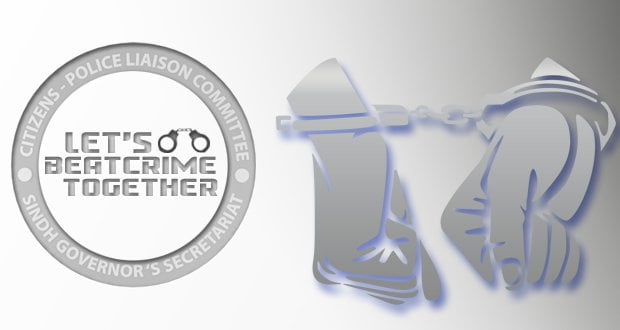A study co-authored by researchers from the Department of Community Health Sciences and Medicine at the Aga Khan University has discovered the presence of second-hand smoking (SHS) in an alarming 95% of children in Pakistan and Bangladesh. SHS occurs when people around an active smoker inhale the exhaled tobacco fumes, highlighting the deeply disturbing ripple effect of smoking, especially in places with poor smoking restrictions.

The level of SHS exposure in Dhaka and Karachi, the two study sites, indicates widespread and unrestricted smoking. Researchers published their findings in the Nicotine and Tobacco Research Journal, providing evidence for extremely high levels of SHS exposure in Karachi, Pakistan. Nearly all (99.4%) of the children in Karachi were exposed to SHS, primarily due to male-dominated smoking cultures.
The research team conducted a survey on 2,769 children aged 9-14 from 74 primary schools in Dhaka and Karachi to assess their exposure to SHS. They measured the exposure by testing the children’s saliva for cotinine, a byproduct of nicotine. The study examined the association between the adult smoking behaviors of residents and visitors at homes and salivary cotinine levels in children in both cities. Children living with adult smokers had higher levels of SHS exposure compared to those living with non-smokers. Similarly, children in houses permitting indoor smoking had slightly higher levels of SHS exposure than those in houses where smoking was not permitted.
“These research findings are really alarming. If we cannot protect the children from SHS exposure, they will develop an increased risk of respiratory infections and associated deaths and will be at risk of lower academic performance and a high rate of smoking uptake in later life,” said Professor Rumana Huque from ARK Foundation and a co-author of the paper. Dr. Romaina Iqbal and Prof. Javaid Khan from the Aga Khan University, Pakistan, pointed out, “The high exposure of children to SHS is in contrast to figures from many developed countries where only a minority of children are now exposed to such risks.”
Scientists around the world have long observed and analyzed the effects of second-hand smoking, and they are nothing short of horrendous. SHS has been proven to contribute to a variety of respiratory tract infections and lung infections in newborns, infants, and children up to adolescence. Moreover, research suggests that children born with hereditary disorders are less likely to survive when exposed to second-hand smoke. They may also experience higher levels of ENT fluid build-ups, asthma scares, and demonstrate an increased frequency of Sudden Infant Death Syndrome (SIDS).
“It is important to advocate for smoke-free homes and cars to protect children from SHS exposure. However, in addition to these initiatives, it is also important to enforce smoking bans in public places and transportation, especially those public spaces that children frequently visit, such as playgrounds, parks, and fairgrounds. It is essential to complement smoking restrictions with tobacco cessation advice and support in these settings,” said Professor Kamran Siddiqi from the University of York, UK, and the Chief Investigator of the study.
The research team called for a comprehensive approach to protect children from this harm, including smoking restrictions in households and the enforcement of smoking bans in public places.
- Join INCPak Whatsapp Channel to stay updated!
- Follow INCPAK on Facebook / Twitter / Instagram for updates.






![CDA Electric Buses – Operational Routes [March 2025]](/wp-content/uploads/2025/03/CDA-bus-Routes.jpg)


